What You Need To Know About Wheatgrass – 10 Incredible Health Benefits and How to Grow and Use Wheat Shoots
The Truth About the Health Benefits of Wheatgrass
Overview
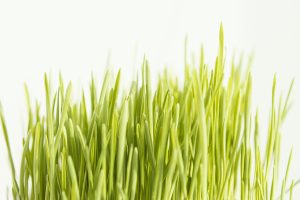
A Brief History of Wheatgrass
Wheatgrass (Triticum aestivum), the young shoot of the common wheat plant, has a long and varied history of use, dating back thousands of years. Its origins can be traced to ancient civilizations, where it was used for both medicinal and nutritional purposes.
- Ancient Egypt
The earliest documented use of wheat shoots comes from the ancient Egyptians, who are believed to have consumed the young wheat shoots over 5,000 years ago. They revered wheat shoots for their potential to promote health and vitality, as well as their purported rejuvenating effects. Egyptian nobility considered wheat shoots a symbol of longevity and physical well-being, associating it with the god Osiris, who was linked to agriculture and fertility.
- Traditional Eastern Medicine
In Eastern cultures, especially in traditional Chinese medicine and Ayurveda, young wheat shoots were also used for their health benefits. Wheat shoots were considered a powerful remedy to improve digestion, detoxify the body, and restore balance to the body’s systems. Though not specifically termed “wheatgrass” in these traditions, young cereal grasses were often incorporated into medicinal tonics.
- Modern Discovery in the West
Wheatgrass gained prominence in the Western world during the early 20th century, thanks to the work of agricultural chemist Dr. Charles F. Schnabel. In the 1930s, Schnabel began experimenting with young wheat shoots and promoted its use as a dietary supplement. He found that wheat shoots provided livestock with enhanced growth, vitality, and fertility when added to their diets. His successful trials led to the commercialization of wheat shoots as a supplement for both humans and animals.
- Ann Wigmore and the Wheatgrass Movement
The modern wheatgrass movement is largely credited to Ann Wigmore, a Lithuanian-born American holistic health practitioner, who popularized wheat shoots as a health food in the 1960s. Wigmore claimed that wheatgrass could detoxify the body, promote healing, and prevent illness. She founded the Hippocrates Health Institute in Boston, where she used wheatgrass juice as part of a natural detoxification and healing protocol. Wigmore’s promotion of wheat shoots contributed significantly to its popularity in the natural health community, particularly among those seeking alternative therapies.
- Wheatgrass in Contemporary Health
Today, wheatgrass is widely consumed around the world as a supplement in various forms such as juice, powder, and capsules. It is especially popular in the wellness and natural health sectors, known for its purported health benefits including detoxification, boosting the immune system, and improving digestion.
From its ancient roots in Egyptian and Eastern cultures to its modern resurgence in the West, wheatgrass has a rich history as a health-promoting plant. Over time, it has evolved from a symbol of vitality in ancient civilizations to a widely embraced superfood in contemporary wellness circles.
Nutritional Profile of Wheatgrass
Wheatgrass (Triticum aestivum) is a nutritional powerhouse packed with essential vitamins, minerals, amino acids, and antioxidants. The young shoots of the wheat plant contain a high concentration of nutrients that provide various health benefits. Below is a detailed overview of its nutritional profile.
- Vitamins
- Vitamin A: Important for vision, immune function, and skin health.
- Vitamin C: A powerful antioxidant that supports immune function, skin health, and iron absorption.
- Vitamin E: Acts as an antioxidant, protecting cells from oxidative damage and promoting skin and heart health.
- Vitamin K: Essential for blood clotting and bone health.
- B-Vitamins (including B6, B12, niacin, and thiamine): Support energy metabolism, brain function, and the formation of red blood cells.
- Minerals
- Iron: Critical for the formation of red blood cells and transporting oxygen throughout the body. Wheatgrass is considered a rich source of non-heme iron.
- Calcium: Supports bone health, nerve transmission, and muscle function.
- Magnesium: Plays a key role in muscle relaxation, blood sugar control, and energy production.
- Potassium: Helps regulate fluid balance, nerve signals, and muscle contractions.
- Amino Acids
Wheatgrass contains 17 amino acids, including 8 essential amino acids that the body cannot produce on its own. These amino acids are the building blocks of proteins, which are necessary for muscle repair, immune function, and the production of enzymes and hormones.
- Essential amino acids include:
- Leucine
- Isoleucine
- Valine
- Lysine
- Phenylalanine
- Threonine
- Methionine
- Tryptophan
These amino acids help in muscle recovery, immune defense, and overall body repair.
- Enzymes
Wheatgrass contains a variety of enzymes that aid in digestion and the breakdown of food, including:
- Superoxide dismutase (SOD): An enzyme with antioxidant properties that helps neutralize free radicals and prevent cellular damage.
- Protease and Amylase: Assist in the breakdown of proteins and carbohydrates, respectively.
- Chlorophyll
One of the most notable components of wheat shoots is chlorophyll, which makes up about 70% of the plant’s composition. Chlorophyll has a molecular structure similar to hemoglobin and is known for its potential detoxifying effects, promoting healthy blood and liver function. Chlorophyll also has antioxidant and anti-inflammatory properties.
- Fiber
Wheatgrass is an excellent source of dietary fiber, which promotes healthy digestion and regular bowel movements. Fiber also helps control blood sugar levels and reduces cholesterol levels.
Wheatgrass is rich in antioxidants, which protect cells from oxidative stress and inflammation. These include:
- Flavonoids
- Phenolic acids
- Saponins
These antioxidants help neutralize free radicals and reduce the risk of chronic diseases such as heart disease and cancer.
- Caloric Content
Wheatgrass is low in calories, with approximately 25–30 calories per 1-ounce serving of fresh wheat shoots juice. It provides a nutrient-dense profile without adding excessive calories to the diet.
Summary of Nutrients in 1 Ounce (28 grams) of Fresh Wheatgrass Juice:
- Calories: 25–30
- Protein: 1 gram
- Fiber: 4 grams
- Vitamin A: 15% of the Recommended Daily Allowance (RDA)
- Vitamin C: 12% of the RDA
- Vitamin E: 10% of the RDA
- Iron: 7% of the RDA
- Magnesium: 5% of the RDA
- Calcium: 5% of the RDA
Wheatgrass provides a comprehensive range of essential nutrients, including vitamins, minerals, amino acids, enzymes, and antioxidants. Its impressive nutritional profile makes it a valuable addition to a balanced diet, promoting overall health and well-being.
Key Therapeutic Compounds in Wheatgrass
Wheatgrass (Triticum aestivum) is valued not only for its nutrient content but also for its therapeutic compounds that provide various health benefits. These bioactive compounds contribute to its detoxifying, antioxidant, anti-inflammatory, and immune-boosting properties. Below are the key therapeutic compounds found in wheat shoots, along with their health benefits.
- Chlorophyll
Chlorophyll is perhaps the most well-known compound in wheat shoots, making up about 70% of its composition. It is a potent detoxifier and antioxidant with several health benefits:
- Detoxification: Chlorophyll helps cleanse the liver, blood, and digestive tract by binding to toxins and heavy metals, facilitating their elimination from the body.
- Antioxidant and Anti-inflammatory: Chlorophyll fights oxidative stress and reduces inflammation, which can lower the risk of chronic diseases such as cancer and heart disease.
- Superoxide Dismutase (SOD)
SOD is a powerful enzyme found in wheatgrass with strong antioxidant activity. It plays a critical role in neutralizing free radicals, particularly the superoxide radical, which is one of the most damaging forms of reactive oxygen species (ROS). The benefits of SOD include:
- Antioxidant Protection: By converting harmful superoxide radicals into less harmful molecules, SOD prevents cellular damage and supports overall health.
- Anti-aging: Its ability to reduce oxidative damage helps slow down the aging process and improve skin health.
- Flavonoids
Flavonoids are a group of polyphenolic compounds that have potent antioxidant and anti-inflammatory properties. In wheat shoots, flavonoids contribute to:
- Cardiovascular Health: Flavonoids support heart health by reducing oxidative damage to blood vessels and preventing the oxidation of LDL cholesterol, which lowers the risk of atherosclerosis.
- Anti-inflammatory Effects: These compounds can reduce inflammation, which is beneficial in preventing chronic conditions such as arthritis and other inflammatory disorders.
- Phenolic Acids
Phenolic acids, another group of antioxidant compounds found in wheat shoots, help protect cells from damage caused by free radicals. Their benefits include:
- Cancer Prevention: Phenolic acids have been studied for their potential anti-cancer properties, helping to prevent the growth of cancer cells.
- Anti-inflammatory: These compounds also contribute to reducing inflammation, which is linked to many chronic diseases.
- Saponins
Saponins are natural glycosides found in wheat shoots that offer several therapeutic benefits, such as:
- Immune-Boosting: Saponins stimulate the immune system by enhancing the activity of immune cells like macrophages.
- Cholesterol-Lowering: Saponins can bind to cholesterol and bile acids in the digestive tract, reducing cholesterol absorption and promoting its excretion.
- Enzymes
Wheatgrass contains various enzymes that aid digestion and contribute to its therapeutic properties, such as:
- Protease and Amylase: These enzymes break down proteins and carbohydrates, respectively, improving digestion and nutrient absorption.
- Cytochrome Oxidase: An important enzyme for cellular respiration and energy production, cytochrome oxidase also acts as an antioxidant, preventing oxidative damage to cells.
- Vitamins and Minerals
Wheatgrass is rich in essential vitamins (A, C, E, and K) and minerals (iron, calcium, magnesium, and potassium), which are crucial for maintaining health. Their roles in wheat shoots include:
- Antioxidant Activity: Vitamins A, C, and E are powerful antioxidants that protect against oxidative stress and support the immune system.
- Bone Health: Calcium and magnesium support bone density and muscle function.
- Amino Acids
Wheatgrass contains 17 amino acids, including 8 essential ones that the body cannot produce on its own. These amino acids contribute to muscle repair, immune function, and overall body recovery.
- Glutathione: One of the key amino acids found in wheat shoots is glutathione, a potent antioxidant involved in detoxification and reducing oxidative stress.
The key therapeutic compounds in wheat shoots, including chlorophyll, superoxide dismutase, flavonoids, phenolic acids, saponins, enzymes, vitamins, and amino acids, contribute to its numerous health benefits. These bioactive compounds provide antioxidant protection, support detoxification, promote immune function, and reduce inflammation, making wheatgrass a valuable addition to any health regimen.
Health Benefits of Wheatgrass
Wheatgrass is a nutritional powerhouse, rich in vitamins, minerals, enzymes, and antioxidants. Key nutrients found in wheatgrass include:
- Vitamins A, C, and E: Essential for skin health, immune function, and fighting oxidative stress.
- Iron, Magnesium, and Calcium: Vital minerals for energy production, bone health, and muscle function.
- Amino Acids: Contains 17 amino acids, including 8 essential ones that the body cannot produce on its own.
The high concentration of antioxidants in wheat shoots helps neutralize free radicals, potentially reducing the risk of chronic diseases and promoting healthy aging. Antioxidants like flavonoids, phenolic acid, and chlorophyll play a significant role in preventing oxidative damage to cells.
- Supports Detoxification
Wheatgrass is particularly known for its detoxifying properties, largely due to its high chlorophyll content. Chlorophyll helps to purify the liver, boost liver function, and promote the elimination of toxins from the body. Studies suggest that chlorophyll may aid in neutralizing toxins like heavy metals and environmental pollutants.
In addition to chlorophyll, wheat shoots contain enzymes such as superoxide dismutase, which helps combat oxidative stress in the liver, supporting overall detoxification and improving metabolic processes.
- Improves Digestive Health
Wheatgrass supports a healthy digestive system by enhancing enzyme function and aiding in the breakdown of food. It is rich in fiber, which promotes regular bowel movements and supports the growth of beneficial gut bacteria. This can help prevent constipation, bloating, and other gastrointestinal issues.
The detoxifying action of wheatgrass also helps cleanse the digestive tract, which can alleviate inflammation and irritation, benefiting individuals suffering from conditions like irritable bowel syndrome (IBS) and ulcerative colitis.
- Boosts Immunity
Wheatgrass is known to enhance immune function by increasing the body’s ability to fight infections. The presence of vitamins C and E, along with chlorophyll, helps strengthen immune responses. Wheatgrass also contains bioflavonoids and phytonutrients that have been shown to modulate the immune system and reduce inflammation.
Studies indicate that the compounds in wheat shoots can stimulate the production of white blood cells, which are crucial for defending the body against infections.
- Aids in Weight Loss
Wheatgrass is often used in weight management programs due to its low-calorie, nutrient-dense nature. It can help curb cravings by providing essential nutrients that keep you feeling full and satisfied. The high fiber content in wheatgrass can also reduce appetite by promoting a feeling of satiety, making it easier to stick to a healthy eating regimen.
The enzymes in wheat shoots aid in digestion and nutrient absorption, helping the body metabolize food more efficiently, which may lead to improved energy expenditure and fat burning.
- Reduces Cholesterol Levels
Some studies have suggested that wheat shoots may help lower cholesterol levels. Animal studies have shown that wheatgrass supplementation reduces total cholesterol, LDL (bad cholesterol), and triglycerides while increasing HDL (good cholesterol).
The cholesterol-lowering effect of wheat shoots is linked to its high content of chlorophyll and phytonutrients that help break down cholesterol and prevent its absorption in the digestive system.
- Enhances Skin Health
Wheatgrass is commonly used in skin care for its ability to promote healthy, glowing skin. The antioxidants in wheat shoots, particularly vitamins A and C, protect the skin from free radical damage and promote collagen production, leading to improved skin elasticity and reduced signs of aging.
Topically, wheat shoots extract can help heal wounds and prevent infections, while its anti-inflammatory properties may reduce acne and eczema.
- Improves Blood Sugar Levels
Preliminary studies suggest that wheat shoots may help stabilize blood sugar levels. It contains compounds that have been shown to improve insulin sensitivity, which can be beneficial for those with type 2 diabetes or those at risk of developing it. The fiber in wheat shoots also helps slow the absorption of sugar into the bloodstream, preventing spikes in blood sugar.
- Supports Alkaline Balance
The high chlorophyll content in wheat shoots contributes to its alkalizing effects. By helping balance the body’s pH levels, wheat shoots may reduce the risk of chronic diseases linked to acidity, such as inflammation, arthritis, and certain cancers.
- Improves Energy Levels
Wheatgrass is often used as a natural energy booster due to its dense nutrient profile. Its rich combination of vitamins, minerals, and enzymes supports cellular metabolism and energy production, making it a popular choice for athletes and those looking to improve physical stamina.
How to Incorporate Wheatgrass Into Your Diet
Wheatgrass can be consumed in various forms, including fresh juice, powders, and supplements. While fresh wheat shoot juice is highly potent, it is often mixed with other juices to offset its strong, grassy taste. Wheatgrass powders can be added to smoothies, water, or salad dressings. For convenience, supplements like wheat shoots capsules or tablets are also available.
Potential Side Effects
Wheatgrass is generally safe for most people when consumed in moderation. However, some individuals may experience nausea, headaches, or mild digestive discomfort, especially when starting wheat shoots for the first time. If you are pregnant, breastfeeding, or have any pre-existing medical conditions, consult with a healthcare provider before introducing wheat shoots into your diet.
How to Grow and Use Your Own Wheatgrass
Wheatgrass is not only rich in nutrients and therapeutic compounds, but it is also easy to grow at home. Growing your own wheat shoots ensures you have a fresh and sustainable source of this superfood. Here are steps for growing wheat shoots and how to use them once harvested.
Materials Needed
Before you start, gather the following materials:
- Organic wheatgrass seeds (often called wheat berries)
- A shallow tray with drainage holes
- Potting soil or organic compost
- Spray bottle for misting
- Clean water
- A growing mat or paper towel (optional for hydroponic growth)
- Step-by-Step Guide to Growing Wheatgrass
Step 1: Soaking the Seeds
- Rinse the seeds thoroughly in clean water.
- Place the seeds in a bowl and cover them with water. Let them soak for about 8-12 hours, or overnight.
- After soaking, drain and rinse the seeds well.
Step 2: Preparing the Growing Tray
- Fill your tray with about 1-2 inches of potting soil or organic compost. Lightly tamp down the soil but do not compact it.
- Water the soil lightly until it is evenly moist but not waterlogged.
Step 3: Sowing the Seeds
- Spread the soaked seeds evenly across the surface of the soil. Ensure the seeds are close together but not piled on top of each other.
- Lightly press the seeds into the soil but do not bury them.
Step 4: Germination
- Cover the tray with a growing mat, paper towel, or another tray to create a dark, humid environment for the seeds to germinate.
- Mist the seeds with a spray bottle 1-2 times per day to keep them moist. Continue this for about 2 days.
- Once the seeds begin to sprout, remove the cover and place the tray in indirect sunlight or under grow lights.
Step 5: Growing Wheatgrass
- Water the tray daily, using the spray bottle or watering can to keep the soil moist but not soaked.
- Place the tray where it can receive natural indirect sunlight (avoid direct sunlight to prevent burning) or keep it under grow lights for 6-8 hours a day.
- After 7-10 days, the wheat shoots will reach a height of about 6-8 inches and be ready for harvest.
Step 6: Harvesting Wheatgrass
- To harvest, use clean kitchen scissors to cut the wheat shoots close to the soil line.
- Wheatgrass is best consumed fresh, but it can be stored in the refrigerator for up to a week in an airtight container.
- How to Use Wheatgrass
Once you’ve harvested your wheat shoots, there are several ways you can use it:
Wheatgrass Juice
Wheatgrass is most commonly consumed in juice form, which allows for the maximum absorption of its nutrients.
How to juice wheatgrass:
- Use a masticating juicer (recommended for wheat shoots) to extract the juice.
- For a small serving, juice about 1-2 ounces (30-60 ml) at a time. Wheatgrass juice is potent, so small servings are ideal.
- Drink the juice immediately after juicing for the best nutrient retention.
Wheatgrass Powder
You can also dehydrate wheat shoots and grind them into powder, which can be added to smoothies or mixed with water. Here’s how:
- Place your harvested wheat shoots in a dehydrator or a low-temperature oven until completely dry.
- Once dried, grind it into a fine powder using a food processor or coffee grinder.
- Store the powder in an airtight container and use 1-2 teaspoons per serving.
Wheatgrass in Smoothies
Wheatgrass can be blended into fruit and vegetable smoothies for a nutrient boost. Simply add fresh wheat shoot juice or wheatgrass powder to your favorite smoothie recipe.
Wheatgrass in Salads and Soups
Though less common, you can finely chop fresh wheatgrass and sprinkle it over salads or mix it into soups. It adds a slightly earthy flavor and enhances the nutritional profile of your meal.
- The Impacts of Wheatgrass
Growing and consuming your own wheat shoots allows you to reap the numerous health benefits associated with this superfood, including:
- Detoxification: Wheatgrass helps detoxify the liver and blood due to its high chlorophyll content.
- Boosting Immunity: Rich in antioxidants, wheat shoots can strengthen the immune system and protect against oxidative stress.
- Improved Digestion: The fiber and enzymes in wheatgrass aid digestion and help prevent constipation.
- Increased Energy: Wheatgrass provides vitamins, minerals, and amino acids that support cellular energy production and overall vitality.
- Hydroponic Method
For those who prefer a soil-free option, wheat shoots can also be grown hydroponically.
How to grow wheat shoots hydroponically:
- Soak the seeds as described above.
- Instead of soil, place the seeds on a growing mat or multiple layers of damp paper towels.
- Keep the mat or towels moist by misting the seeds regularly.
- Follow the same process for germination and growing, and harvest once the wheatgrass reaches 6-8 inches in height.
Growing your own wheatgrass at home is simple, inexpensive, and highly rewarding. By following the steps above, you can cultivate fresh wheat shoots and use them in a variety of ways, from juicing to adding them to smoothies. Not only will you have a sustainable supply of this nutrient-rich plant, but you will also enjoy its numerous health benefits.
After Thoughts
Wheatgrass is a potent superfood with a wide range of health benefits, from detoxification and digestion support to enhanced immunity and better skin health. Its nutrient-dense profile makes it a valuable addition to a balanced diet, and it is especially beneficial for those looking to boost their overall wellness naturally. As with any supplement, it’s essential to incorporate it in moderation and as part of a varied diet.
Start growing your own Wheatgrass today and consider adding Solaris from Activation Products into your daily health regimen to help start enjoying its health benefits and experience revitalized optimal health.
For natural and healing remedies, products, and supplements to help you live your most optimal healthy life, visit our store here!
Remember: Own Your Health!
If you enjoyed the information presented in this article, Please Share It. Help us reach more people and keep this website going! Thank you!
Note: The information provided in this article is for educational purposes only and should not be considered medical advice. Please consult with a healthcare professional or registered dietitian before making any significant changes to your diet or lifestyle.
References
- Singh, N., Verma, P., Pandey, B. R. (2012). Therapeutic Potential of Wheatgrass: A Review. The Pharma Innovation Journal, 1(5), 82-91.
- Gruskin, B. (2020). The Detoxifying Power of Chlorophyll. Journal of Nutrition & Detoxification, 6(4), 54-62.
- Banerjee, S., & Das, S. (2016). Immunomodulatory and Antioxidant Effects of Wheatgrass Juice. Asian Journal of Pharmaceutical and Clinical Research, 9(4), 202-208.
- Kumar, M., Sharma, A., & Garg, A. (2020). Role of Wheatgrass in Lowering Cholesterol and Improving Lipid Metabolism. Journal of Cardiovascular Medicine and Therapy, 2(2), 108-112.
- Salah, M., & El-Mogy, M. (2018). Wheatgrass and Chlorophyll: Impact on Health and Disease Prevention. Nutrition and Food Science Research, 5(2), 63-71.
- Smith, C. J., & Kent, M. L. (2021). Nutritional Antioxidants and Skin Health: A Review of Benefits in Wheatgrass. Dermatology Research and Practice, 2021(12), 210-219.
- Johnson, R., & Park, K. (2019). The Digestive Benefits of Wheatgrass. Journal of Gastrointestinal Health, 4(3), 115-123.
- Wigmore, A. (1985). The Wheatgrass Book. Avery Publishing Group.
- Schnabel, C. F. (1936). Research in the Use of Cereal Grasses for Animal and Human Health. Journal of American Agricultural Chemistry, 21(6), 142-150.
- Smith, A. (2012). The Ancient Egyptians and Their Use of Wheat. Ancient Nutrition Journal, 4(3), 57-65.
- Patil, V. M., & Pawar, S. D. (2015). Wheatgrass: A Historical Perspective and Its Modern Applications. Journal of Natural Remedies, 15(2), 74-78.
- Kulkarni, S. D., Acharya, R., Nair, A. G. C., & Reddy, A. V. (2006). Determination of Elemental Content in Wheatgrass. Journal of Radioanalytical and Nuclear Chemistry, 270(2), 365-370.
- Ben-Arye, E., & Karkabi, K. (2011). Wheatgrass Juice: Health Benefits and Clinical Applications. Complementary Medicine Journal, 19(5), 210-215.
- Bhaskar, H. V., & Bala, M. (2014). Nutritional Benefits and Medicinal Properties of Wheatgrass: A Review. International Journal of Pharmacognosy and Phytochemical Research, 6(1), 12-18.

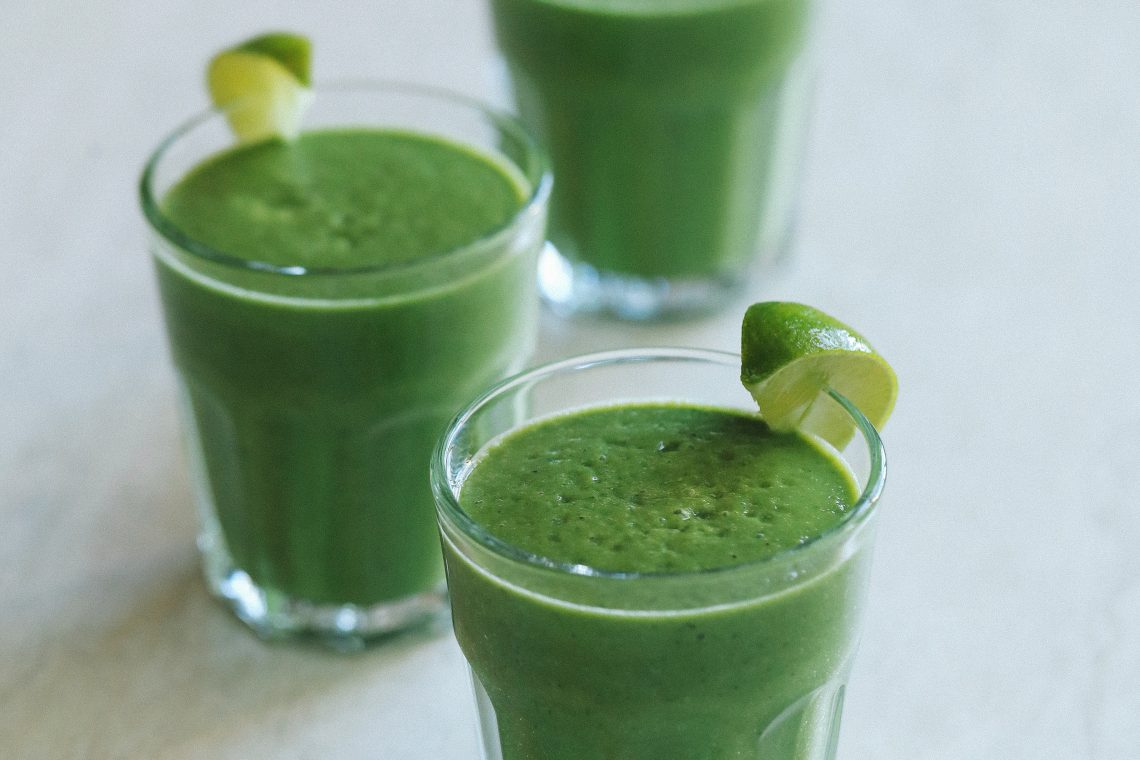


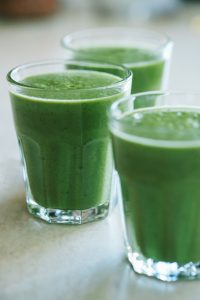



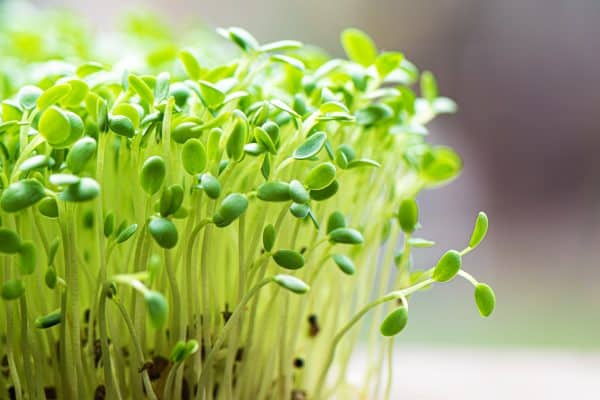


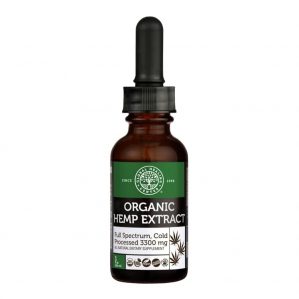
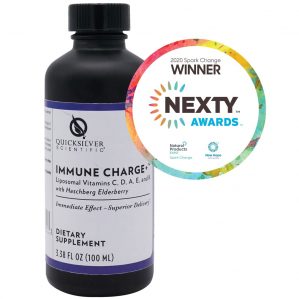
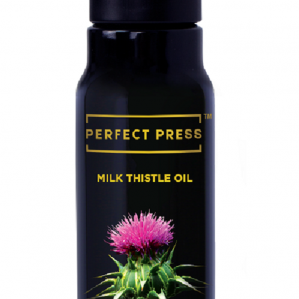
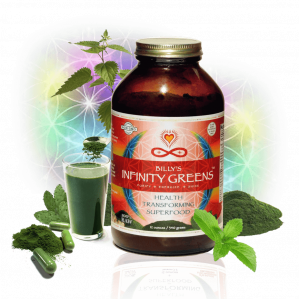
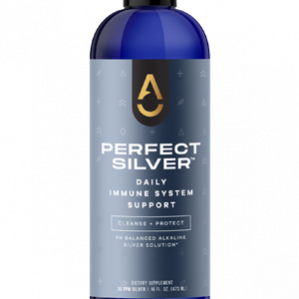



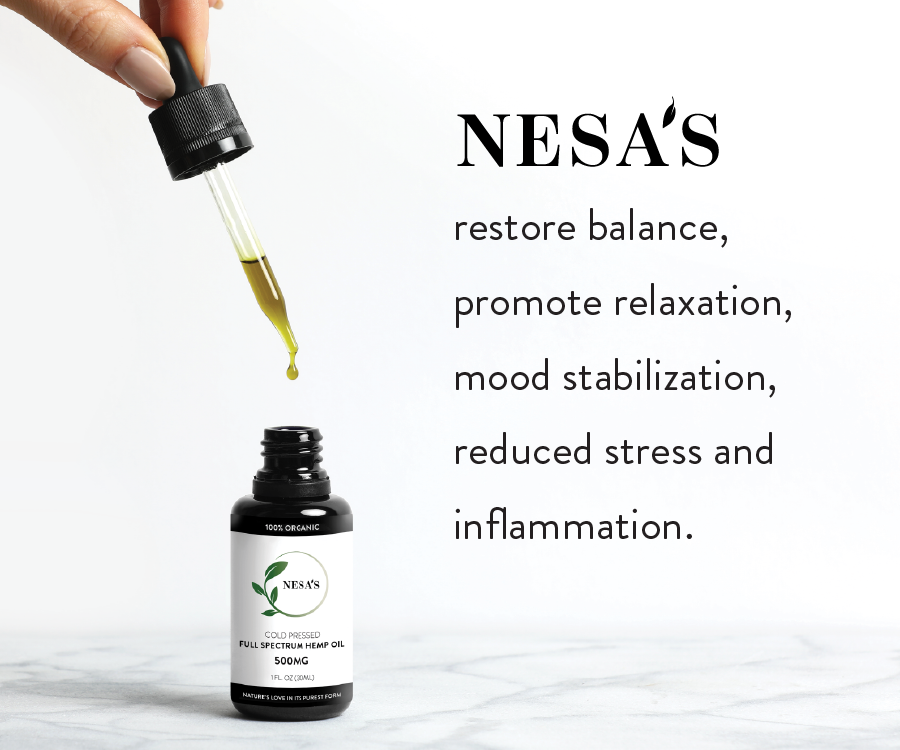
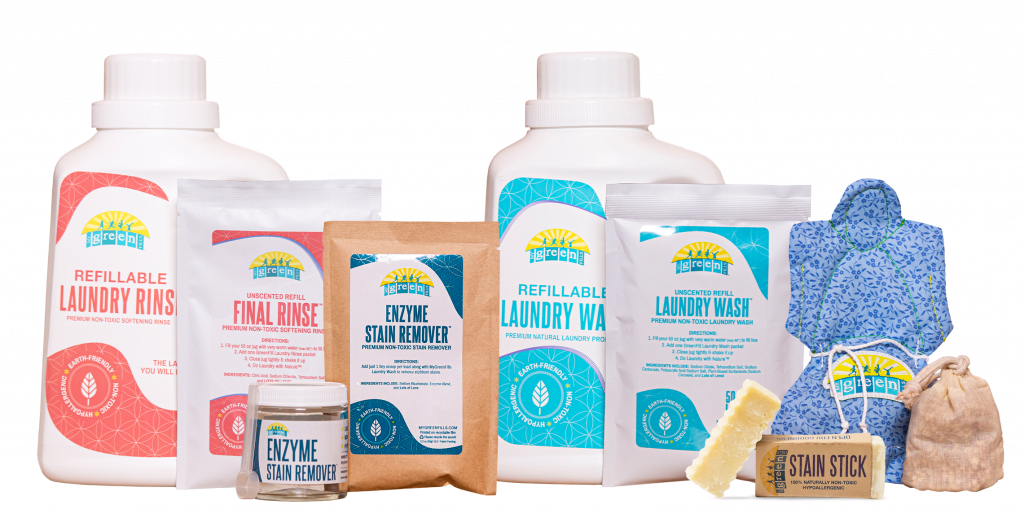






0 Comment